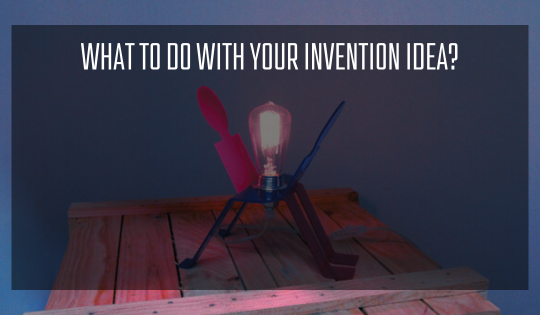Empowering New Inventors to Protect Their Invention Ideas
In an age where innovation and creativity fuel progress, the protection of invention ideas cannot be overstated. New inventors, bursting with game-changing concepts and solutions, often find themselves at a crossroads: how to bring their inventions to life while ensuring their ideas stay safe from infringement. It’s a daunting journey, but fortunately, patent professionals like InventHelp are committed to empowering fledgling inventors, guiding them through the labyrinth of intellectual property (IP) protection.
Recognizing the Value of IP Protection
Understanding the significance of safeguarding an invention idea is the first step. Intellectual property rights exist to protect creators, giving them exclusive rights to use and commercialize their inventions for a certain period. Without proper protection, inventors risk losing potential recognition and rewards as others may capitalize on their unprotected ideas. Herein lies the value of InventHelp, providing critical assistance to new inventors unfamiliar with the nuances of intellectual property laws.
Navigating the World of Patents with InventHelp
One of the primary ways InventHelp assists new inventors is through education. The world of patents can be perplexing, filled with legal jargon and complex processes. InventHelp demystifies this by offering easy-to-understand resources and guidance. They explain the differences between patents, copyrights, and trademarks, and help inventors identify the most appropriate type of protection for their unique invention. By educating inventors on the importance of a well-drafted patent application and the steps involved in filing one, InventHelp sets the foundation for strong IP protection.

Connecting Inventors with Patent Experts
Beyond education, InventHelp plays a pivotal role in the patent application process. Navigations through the intricacies of patent applications require expertise and attention to detail. InventHelp connects inventors with patent professionals who can assist in drafting and filing patent applications that meet the standards of the United States Patent and Trademark Office (USPTO). These experts understand how to articulate the novelty and utility of an invention, increasing the chances of patent grant significantly.
Maintaining Confidentiality of Invention Ideas
Another critical aspect of protecting invention ideas is confidentiality. Before a patent is secured, discussing an invention openly can jeopardize its patentability. InventHelp maintains strict confidentiality protocols, ensuring that an inventor’s ideas are kept secret until it’s safe to share them. They help inventors understand the importance of non-disclosure agreements (NDAs) when discussing their inventions with potential partners, manufacturers, or investors, safeguarding the idea from being usurped or leaked.
Empowering Inventors Through the Journey
Perhaps most importantly, InventHelp empowers inventors to navigate the invention process without feeling overwhelmed or isolated. The journey from new invention idea to market can be long and fraught with challenges. Having a supportive ally that understands the stakes involved, offers encouragement, and provides actionable advice is invaluable. InventHelp fosters a community where inventors can share experiences, learn from each other, and feel supported throughout their inventive pursuits.
Conclusion
In a fast-paced world where new ideas are the currency of progress, protecting intellectual property is crucial. InventHelp stands out as a beacon for new inventors, offering the tools, knowledge, and support needed to secure their inventions. By empowering inventors to protect their ideas, InventHelp ensures that creativity and innovation continue to flourish, bringing new solutions to the challenges of our time.


















